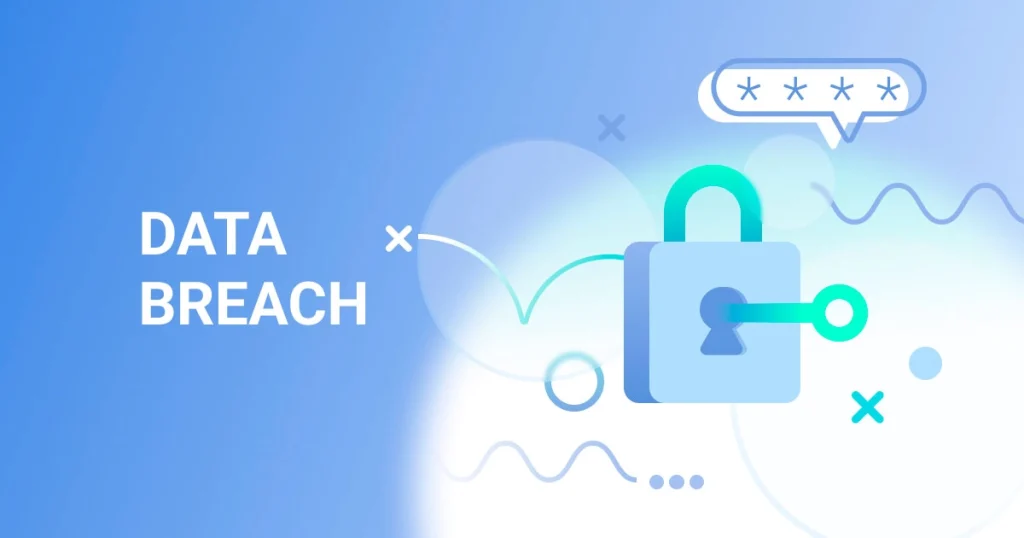Data breaches are a critical issue for organizations across industries, not only due to the immediate financial and reputational damage they can cause but also because they can serve as valuable learning opportunities. One of the most significant insights that organizations can glean from data breaches is the identification of insider threats and the improvement of their monitoring systems. Insider threats are often harder to detect and mitigate than external threats, as they typically involve individuals who have authorized access to the organization’s systems and sensitive information. When a data breach occurs, it can reveal gaps in security protocols and expose vulnerabilities that might have gone unnoticed in the past. Organizations are increasingly recognizing the importance of detecting insider threats early to prevent significant damage. A data breach, especially if it involves an insider, can often provide clues about the methods and tactics used by malicious employees or contractors. For example, unusual patterns of data access, unauthorized data transfers, or the use of personal devices to access company information may be identified during an investigation into a breach.

These indicators can help organizations pinpoint the specific ways an insider might have gained unauthorized access or manipulated data, allowing them to refine their monitoring systems to detect similar activities in the future. By analyzing the circumstances of a breach, organizations can also assess whether their monitoring systems were insufficient or ineffective. Many breaches occur because security monitoring was not robust enough to detect early warning signs of insider threats. For instance, outdated or overly permissive access controls, lack of multi-factor authentication, and inadequate data encryption are all common vulnerabilities that can contribute to a breach. When a breach is detected, a detailed post-mortem analysis can help organizations determine where the monitoring systems failed and where improvements are needed. This feedback loop helps organizations build stronger defenses against both internal and external threats, ensuring better protection for sensitive data and assets in the future. Moreover, breaches can expose the organizational culture and employee practices that may contribute to insider threats.
For example, employees may be exploiting weak password policies, lack of clear data handling procedures, or poor training on security best practices. After a breach, it is essential to investigate these underlying issues and use the findings to improve the organization’s overall security culture. Strengthening security training, implementing stricter data access policies, and encouraging a culture of vigilance can help mitigate future risks from insider threats. While data breaches can have devastating consequences, they also provide an opportunity for organizations to improve their monitoring systems and security protocols. By carefully analyzing breaches and investigating the role of insider threats, organizations can better understand the weaknesses in their security architecture and make informed decisions about how to prevent future incidents. This continuous process of learning from breaches helps organizations stay ahead of potential threats, ensuring that their systems and practices evolve in response to emerging risks. Ultimately, Understanding Data Breaches can help organizations develop a more proactive and resilient security posture, reducing the likelihood of successful attacks and minimizing the impact of future breaches.

